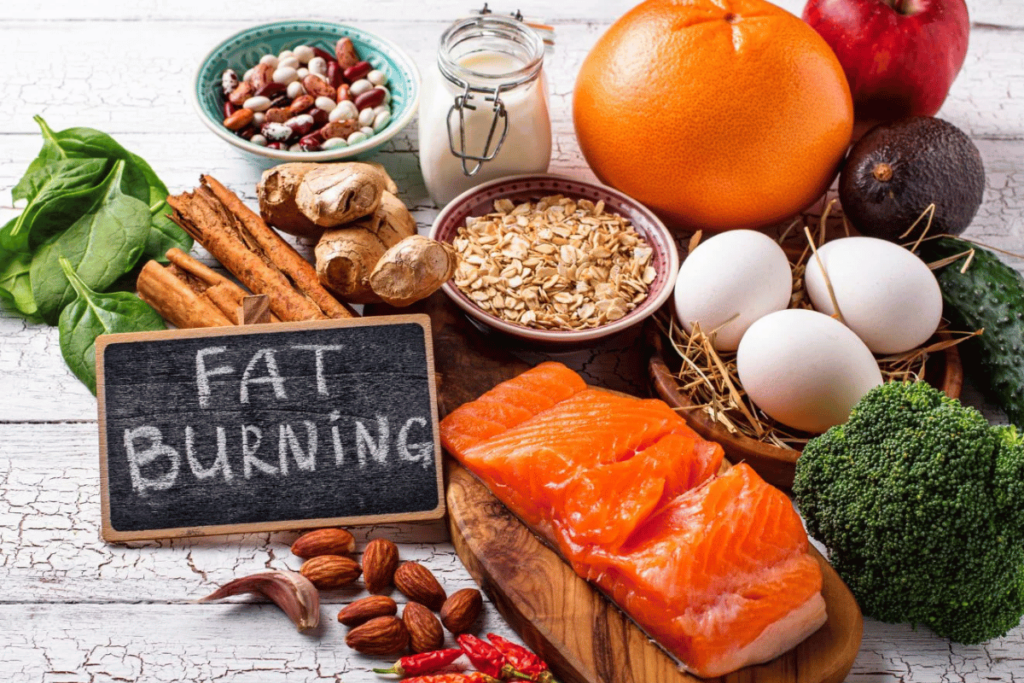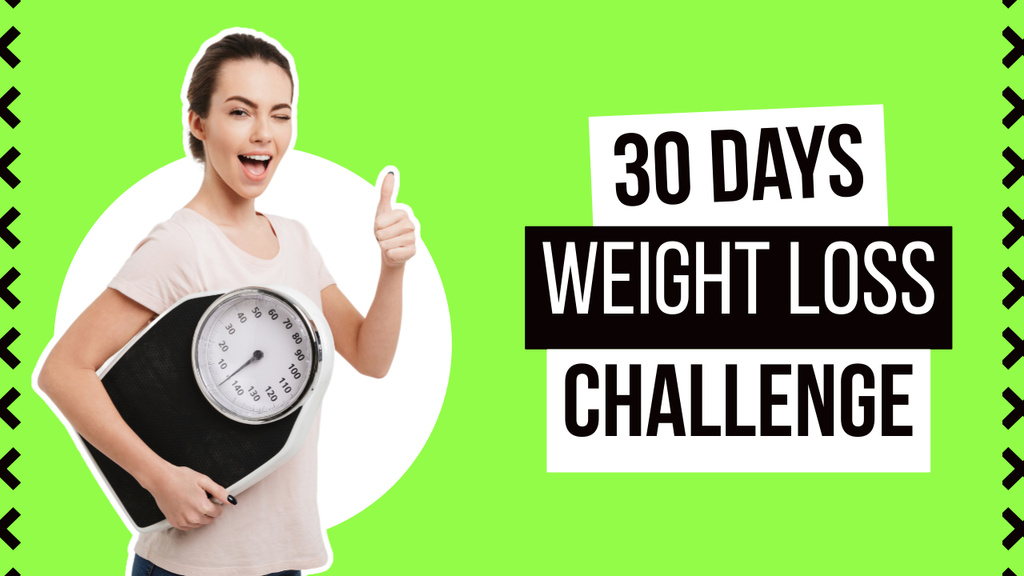Introduction: What Does Fat Burning Really Mean?
In fitness conversations, fat burning is one of the most popular topics. But many misunderstand what it actually involves. It’s not about miracle supplements or endless cardio sessions—it’s the process of teaching your body to efficiently use stored fat as fuel.
This guide will explore the science of metabolism, the best training methods, dietary strategies, and lifestyle changes that promote fat loss while preserving muscle. By the end, you’ll understand how to unlock your body’s natural ability to burn fat effectively.
The Science Behind Fat Burning
Fat is stored energy. When your body needs fuel and doesn’t get enough from food, it turns to stored fat. The process involves:
- Lipolysis: Fat cells release fatty acids into the bloodstream.
- Oxidation: Cells use these fatty acids for energy.
- Calorie Deficit: The trigger that signals the body to tap into reserves.
True fat burning requires both a calorie deficit and an environment where your body prioritizes fat over muscle for energy.

Diet Strategies for Fat Burning
Prioritize Protein
Protein protects lean muscle during fat loss and increases satiety. Every meal should include a source such as chicken, beans, eggs, or fish.
Choose the Right Carbs
Complex carbohydrates—like oats, quinoa, and sweet potatoes—provide steady energy, while refined carbs spike blood sugar and hinder fat use.
Include Healthy Fats
Avocados, nuts, olive oil, and salmon not only support hormones but also keep you full, helping control appetite.
Cut Liquid Calories
Sugary drinks and alcohol slow progress. Water, green tea, and black coffee support fat metabolism.
The Role of Exercise in Fat Burning
Strength Training
Building muscle increases resting metabolic rate, meaning you burn more calories—even at rest.
High-Intensity Interval Training (HIIT)
Short bursts of intense effort followed by rest elevate metabolism and promote fat use long after workouts end.
Steady-State Cardio
Walking, cycling, or jogging at a moderate pace helps tap into fat stores, especially when combined with strength training.
Active Living
Daily habits like taking stairs, standing more, and walking after meals contribute significantly to overall fat burning.
The Importance of Recovery
Many people underestimate the role of rest. Lack of sleep raises cortisol, which can increase fat storage and cravings. Aiming for 7–9 hours per night and incorporating rest days improves recovery, making workouts more effective.
Supplements: Do They Help Fat Burning?
Supplements can support progress but aren’t magic solutions. The most evidence-backed include:
- Caffeine: Boosts energy and metabolism.
- Green Tea Extract: Contains compounds that enhance fat oxidation.
- Protein Powder: Helps meet protein goals conveniently.
However, no supplement can replace a balanced diet and consistent exercise.
Lifestyle Habits That Accelerate Fat Burning
- Stress Management: Chronic stress raises cortisol and promotes belly fat.
- Meal Timing: Eating protein-rich meals earlier in the day may enhance fat use.
- Hydration: Water is essential for metabolic processes.
- Mindful Eating: Slowing down meals prevents overeating.
Myths About Fat Burning
- Sweating more means burning more fat. Sweat is about temperature regulation, not fat use.
- Fat can turn into muscle. They are separate tissues; you can burn fat and build muscle simultaneously.
- Certain foods “melt” fat. No food directly burns fat, but some (like high-protein and high-fiber foods) support metabolism.
- More cardio equals faster fat burning. Too much cardio without strength training can lead to muscle loss.
Real-Life Success Story
James, a 40-year-old office worker, once believed that running daily was the only way to lose weight. After months of frustration, he adopted strength training, balanced nutrition, and proper sleep. Within a year, he shed 30 pounds while increasing muscle mass. His story shows that effective fat burning comes from balance, not extremes.
Advanced Fat Burning Strategies
For those ready to optimize results:
- Fasted Cardio: Exercising in the morning before eating may increase fat use.
- Carb Cycling: Alternating high- and low-carb days around workouts.
- NEAT (Non-Exercise Activity Thermogenesis): Increasing daily movement like walking, cleaning, or standing adds up.
- Cold Exposure: Some studies suggest that cold showers or environments activate brown fat, boosting calorie burn.
How Hormones Affect Fat Burning
- Insulin: High levels make it harder to burn fat. Reducing refined carbs helps balance it.
- Cortisol: Chronic stress hormone linked to fat storage.
- Thyroid Hormones: Regulate metabolism; imbalances slow fat burning.
- Leptin & Ghrelin: Control hunger and satiety signals.
Managing these hormones through diet, exercise, sleep, and stress reduction creates an optimal environment for fat use.

Creating a Sustainable Plan
The ultimate secret to fat burning is sustainability. Extreme diets or punishing workouts may give short-term results, but they rarely last. Instead, build a plan that includes:
- Balanced meals you enjoy.
- Workouts that fit your lifestyle.
- Flexibility for social events and holidays.
- Habits you can maintain long term.
Conclusion: Becoming a Fat-Burning Machine
At the end of the day, fat burning is not about shortcuts but about consistency. When you combine smart nutrition, regular exercise, quality rest, and balanced lifestyle habits, your body naturally becomes more efficient at using fat for fuel.
The real goal isn’t just a leaner body—it’s a healthier, stronger, and more confident version of yourself. By focusing on long-term strategies, you can turn fat burning from a temporary goal into a permanent lifestyle.

